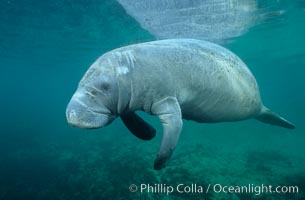
A Florida manatee, or West Indian Manatee, swims slowly through the clear waters of Crystal River.
Species: West indian manatee, Trichechus manatus
Location: Three Sisters Springs, Crystal River, Florida
Image ID: 02696
Species: West indian manatee, Trichechus manatus
Location: Three Sisters Springs, Crystal River, Florida
Image ID: 02696
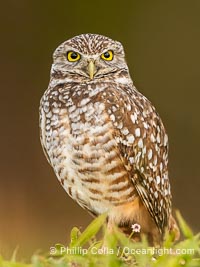
Burrowing owl, Cape Coral, Florida, subspecies Athene cunicularia floridana. This 10-inch-tall burrowing owl is standing beside its burrow. These burrows are usually created by squirrels, prairie dogs, or other rodents and even turtles, and only rarely dug by the owl itself.
Species: Burrowing Owl, Athene cunicularia floridana, Athene cunicularia
Location: Cape Coral, Florida
Image ID: 40585
Species: Burrowing Owl, Athene cunicularia floridana, Athene cunicularia
Location: Cape Coral, Florida
Image ID: 40585
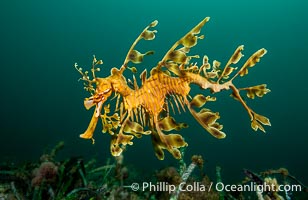
The leafy seadragon (Phycodurus eques) is found on the southern and western coasts of Australia. Its extravagent appendages serve only for camoflage, since it has a nearly-invisible dorsal fin that propels it slowly through the water. The leafy sea dragon is the marine emblem of South Australia.
Species: Leafy seadragon, Phycodurus eques
Location: Rapid Bay Jetty, South Australia
Image ID: 39137
Species: Leafy seadragon, Phycodurus eques
Location: Rapid Bay Jetty, South Australia
Image ID: 39137
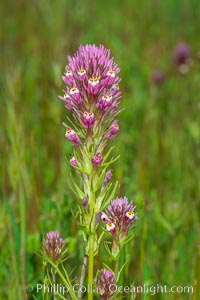
Purple owls clover, Rancho La Costa, Carlsbad.
Location: Rancho La Costa, Carlsbad, California
Image ID: 33208
Location: Rancho La Costa, Carlsbad, California
Image ID: 33208
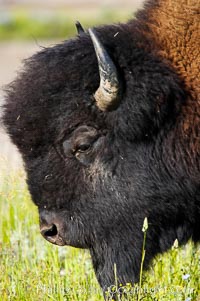
The bisons massive head is its most characteristic feature. Its forehead bulges because of its convex-shaped frontal bone. Its shoulder hump, dwindling bowlike to the haunches, is supported by unusually long spinal vertebrae. Over powerful neck and shoulder muscles grows a great shaggy coat of curly brown fur, and over the head, like an immense hood, grows a shock of black hair. Its forequarters are higher and much heavier than its haunches. A mature bull stands about 6 1/2 feet (2 meters) at the shoulder and weighs more than 2,000 pounds (900 kilograms). The bisons horns are short and black. In the male they are thick at the base and taper abruptly to sharp points as they curve outward and upward; the females horns are more slender.
Species: American bison, Bison bison
Location: Yellowstone National Park, Wyoming
Image ID: 13120
Species: American bison, Bison bison
Location: Yellowstone National Park, Wyoming
Image ID: 13120
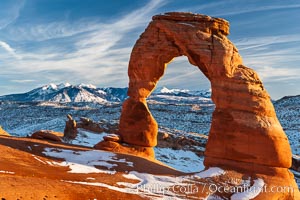
Delicate Arch, dusted with snow, at sunset, with the snow-covered La Sal mountains in the distance. Delicate Arch stands 45 feet high, with a span of 33 feet, atop of bowl of slickrock sandstone.
Location: Delicate Arch, Arches National Park, Utah
Image ID: 18104
Location: Delicate Arch, Arches National Park, Utah
Image ID: 18104
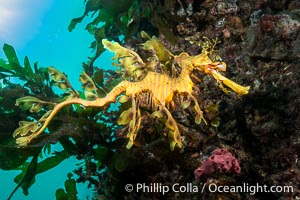
The leafy seadragon (Phycodurus eques) is found on the southern and western coasts of Australia. Its extravagent appendages serve only for camoflage, since it has a nearly-invisible dorsal fin that propels it slowly through the water. The leafy sea dragon is the marine emblem of South Australia.
Species: Leafy seadragon, Phycodurus eques
Location: Rapid Bay Jetty, South Australia
Image ID: 39134
Species: Leafy seadragon, Phycodurus eques
Location: Rapid Bay Jetty, South Australia
Image ID: 39134
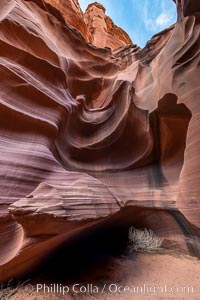
Owl Canyon, a beautiful slot canyon that is part of the larger Antelope Canyon system. Page, Arizona.
Location: Navajo Tribal Lands, Page, Arizona
Image ID: 36030
Location: Navajo Tribal Lands, Page, Arizona
Image ID: 36030
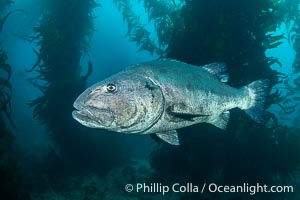
Giant black sea bass in the kelp forest at Catalina Island. An Endangered Giant Sea Bass can reach up to 8 feet in length and 500 pounds, seen here amid the giant kelp forest of Catalina Island. Once nearly fished to extinction and now thought to be at risk of a genetic bottleneck, the giant sea bass is slowly recovering and can be seen in summer months in California's kelp forests.
Species: Giant black sea bass, Stereolepis gigas
Location: Catalina Island, California
Image ID: 39439
Species: Giant black sea bass, Stereolepis gigas
Location: Catalina Island, California
Image ID: 39439
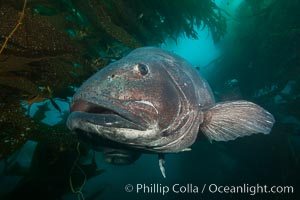
A giant black sea bass is an endangered species that can reach up to 8 feet in length and 500 pounds, often found amid the giant kelp forest, Once nearly fished to extinction and now thought to be at risk of a genetic bottleneck, the giant sea bass is slowly recovering and can be seen in summer months in California's kelp forests.
Species: Giant black sea bass, Stereolepis gigas
Location: Catalina Island, California
Image ID: 33363
Species: Giant black sea bass, Stereolepis gigas
Location: Catalina Island, California
Image ID: 33363
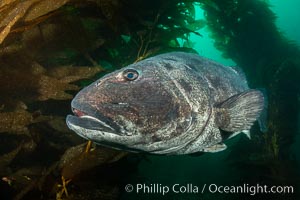
A giant black sea bass is an endangered species that can reach up to 8 feet in length and 500 pounds, often found amid the giant kelp forest, Once nearly fished to extinction and now thought to be at risk of a genetic bottleneck, the giant sea bass is slowly recovering and can be seen in summer months in California's kelp forests.
Species: Giant black sea bass, Stereolepis gigas
Location: Catalina Island, California
Image ID: 34616
Species: Giant black sea bass, Stereolepis gigas
Location: Catalina Island, California
Image ID: 34616
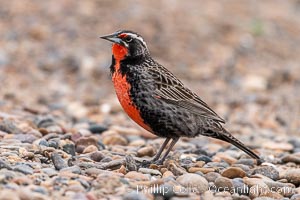
Long-tailed meadowlark, Leistes loyca, Patagonia.
Species: Long Tailed Meadowlark, Leistes loyca
Location: Puerto Piramides, Chubut, Argentina
Image ID: 38410
Species: Long Tailed Meadowlark, Leistes loyca
Location: Puerto Piramides, Chubut, Argentina
Image ID: 38410
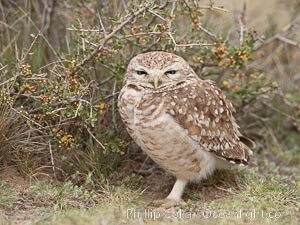
Patagonian burrowing owl, Athene cunicularia, Valdes Peninsula, Argentina.
Location: Puerto Piramides, Chubut, Argentina
Image ID: 38423
Location: Puerto Piramides, Chubut, Argentina
Image ID: 38423
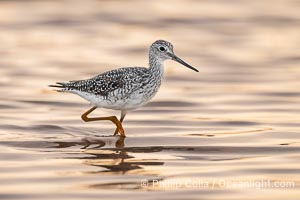
Greater Yellowlegs at sunrise, Tringa melanoleuca, Fort De Soto, Florida.
Species: Greater Yellowlegs, Tringa melanoleuca
Location: Fort De Soto Park, St. Petersburg, Florida
Image ID: 40568
Species: Greater Yellowlegs, Tringa melanoleuca
Location: Fort De Soto Park, St. Petersburg, Florida
Image ID: 40568
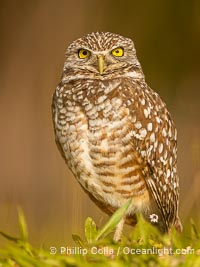
Burrowing owl, Cape Coral, Florida, subspecies Athene cunicularia floridana. This 10-inch-tall burrowing owl is standing beside its burrow. These burrows are usually created by squirrels, prairie dogs, or other rodents and even turtles, and only rarely dug by the owl itself.
Species: Burrowing Owl, Athene cunicularia floridana, Athene cunicularia
Location: Cape Coral, Florida
Image ID: 40586
Species: Burrowing Owl, Athene cunicularia floridana, Athene cunicularia
Location: Cape Coral, Florida
Image ID: 40586
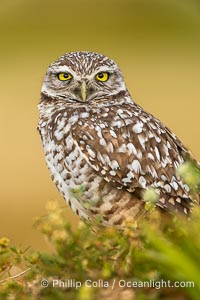
Burrowing owl, Cape Coral, Florida, subspecies Athene cunicularia floridana. This 10-inch-tall burrowing owl is standing beside its burrow. These burrows are usually created by squirrels, prairie dogs, or other rodents and even turtles, and only rarely dug by the owl itself.
Species: Burrowing Owl, Athene cunicularia floridana, Athene cunicularia
Location: Cape Coral, Florida
Image ID: 40587
Species: Burrowing Owl, Athene cunicularia floridana, Athene cunicularia
Location: Cape Coral, Florida
Image ID: 40587
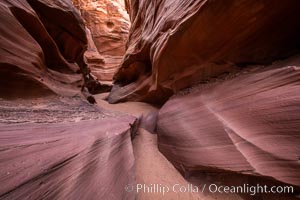
Owl Canyon, a beautiful slot canyon that is part of the larger Antelope Canyon system. Page, Arizona.
Location: Navajo Tribal Lands, Page, Arizona
Image ID: 36028
Location: Navajo Tribal Lands, Page, Arizona
Image ID: 36028
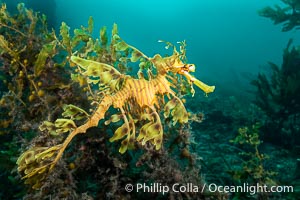
The leafy seadragon (Phycodurus eques) is found on the southern and western coasts of Australia. Its extravagent appendages serve only for camoflage, since it has a nearly-invisible dorsal fin that propels it slowly through the water. The leafy sea dragon is the marine emblem of South Australia.
Species: Leafy seadragon, Phycodurus eques
Location: Rapid Bay Jetty, South Australia
Image ID: 39357
Species: Leafy seadragon, Phycodurus eques
Location: Rapid Bay Jetty, South Australia
Image ID: 39357
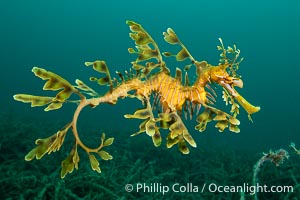
The leafy seadragon (Phycodurus eques) is found on the southern and western coasts of Australia. Its extravagent appendages serve only for camoflage, since it has a nearly-invisible dorsal fin that propels it slowly through the water. The leafy sea dragon is the marine emblem of South Australia.
Species: Leafy seadragon, Phycodurus eques
Location: Rapid Bay Jetty, South Australia
Image ID: 39360
Species: Leafy seadragon, Phycodurus eques
Location: Rapid Bay Jetty, South Australia
Image ID: 39360
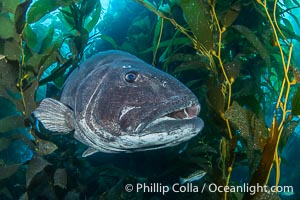
A giant black sea bass is an endangered species that can reach up to 8 feet in length and 500 pounds, often found amid the giant kelp forest, Once nearly fished to extinction and now thought to be at risk of a genetic bottleneck, the giant sea bass is slowly recovering and can be seen in summer months in California's kelp forests.
Species: Giant black sea bass, Stereolepis gigas
Location: Catalina Island, California
Image ID: 39442
Species: Giant black sea bass, Stereolepis gigas
Location: Catalina Island, California
Image ID: 39442
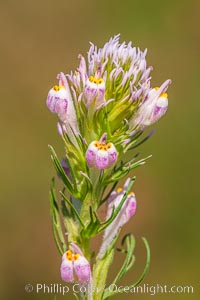
Purple owls clover, Rancho La Costa, Carlsbad.
Location: Rancho La Costa, Carlsbad, California
Image ID: 33207
Location: Rancho La Costa, Carlsbad, California
Image ID: 33207
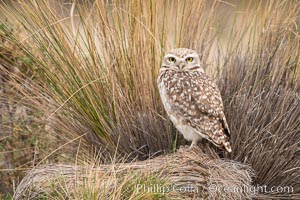
Patagonian burrowing owl, Athene cunicularia, Valdes Peninsula, Argentina.
Location: Puerto Piramides, Chubut, Argentina
Image ID: 35961
Location: Puerto Piramides, Chubut, Argentina
Image ID: 35961
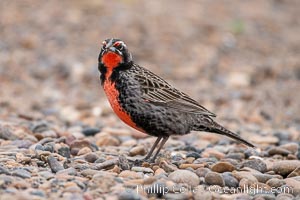
Long-tailed meadowlark, Leistes loyca, Patagonia.
Species: Long Tailed Meadowlark, Leistes loyca
Location: Puerto Piramides, Chubut, Argentina
Image ID: 38409
Species: Long Tailed Meadowlark, Leistes loyca
Location: Puerto Piramides, Chubut, Argentina
Image ID: 38409
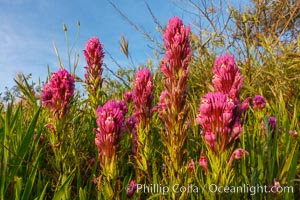
Purple owls clover, Rancho La Costa, Carlsbad.
Location: Rancho La Costa, Carlsbad, California
Image ID: 33262
Location: Rancho La Costa, Carlsbad, California
Image ID: 33262
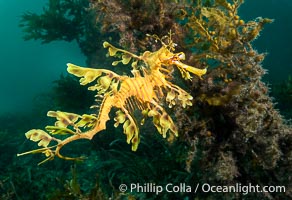
The leafy seadragon (Phycodurus eques) is found on the southern and western coasts of Australia. Its extravagent appendages serve only for camoflage, since it has a nearly-invisible dorsal fin that propels it slowly through the water. The leafy sea dragon is the marine emblem of South Australia.
Species: Leafy seadragon, Phycodurus eques
Location: Rapid Bay Jetty, South Australia
Image ID: 39132
Species: Leafy seadragon, Phycodurus eques
Location: Rapid Bay Jetty, South Australia
Image ID: 39132
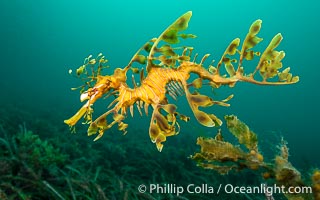
The leafy seadragon (Phycodurus eques) is found on the southern and western coasts of Australia. Its extravagent appendages serve only for camoflage, since it has a nearly-invisible dorsal fin that propels it slowly through the water. The leafy sea dragon is the marine emblem of South Australia.
Species: Leafy seadragon, Phycodurus eques
Location: Rapid Bay Jetty, South Australia
Image ID: 39135
Species: Leafy seadragon, Phycodurus eques
Location: Rapid Bay Jetty, South Australia
Image ID: 39135
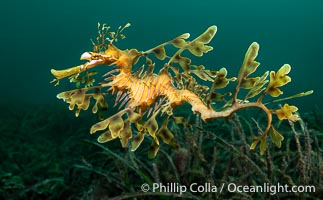
The leafy seadragon (Phycodurus eques) is found on the southern and western coasts of Australia. Its extravagent appendages serve only for camoflage, since it has a nearly-invisible dorsal fin that propels it slowly through the water. The leafy sea dragon is the marine emblem of South Australia.
Species: Leafy seadragon, Phycodurus eques
Location: Rapid Bay Jetty, South Australia
Image ID: 39138
Species: Leafy seadragon, Phycodurus eques
Location: Rapid Bay Jetty, South Australia
Image ID: 39138
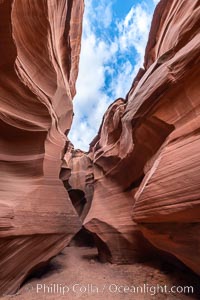
Owl Canyon, a beautiful slot canyon that is part of the larger Antelope Canyon system. Page, Arizona.
Location: Navajo Tribal Lands, Page, Arizona
Image ID: 36032
Location: Navajo Tribal Lands, Page, Arizona
Image ID: 36032
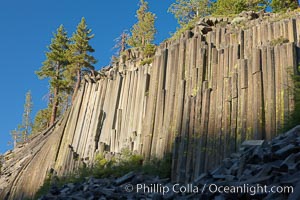
Devil's Postpile, a spectacular example of columnar basalt. Once molten and under great pressure underground, the lava that makes up Devil's Postpile cooled evenly and slowly, contracting and fracturing into polygonal-sided columns. The age of the formation is estimated between 100 and 700 thousand years old. Sometime after the basalt columns formed, a glacier passed over the formation, cutting and polishing the tops of the columns. The columns have from three to seven sides, varying because of differences in how quickly portions of the lava cooled.
Location: Devils Postpile National Monument, California
Image ID: 23266
Location: Devils Postpile National Monument, California
Image ID: 23266
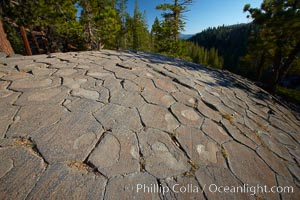
Devil's Postpile, a spectacular example of columnar basalt. Once molten and under great pressure underground, the lava that makes up Devil's Postpile cooled evenly and slowly, contracting and fracturing into polygonal-sided columns. The age of the formation is estimated between 100 and 700 thousand years old. Sometime after the basalt columns formed, a glacier passed over the formation, cutting and polishing the tops of the columns. The columns have from three to seven sides, varying because of differences in how quickly portions of the lava cooled.
Location: Devils Postpile National Monument, California
Image ID: 23267
Location: Devils Postpile National Monument, California
Image ID: 23267